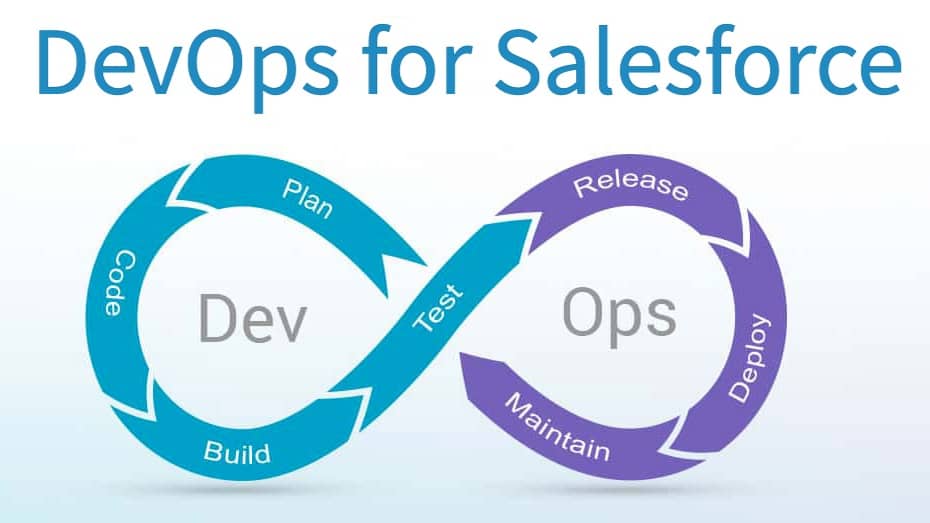Salesforce Devops Best Practices
DevOps practices for Salesforce deployments can be quite different from traditional software development due to Salesforce’s unique architecture and characteristics. Here are some best practices for Salesforce DevOps: Source Control: All Salesforce code and metadata should be stored in a version control system like Git. This provides a history of changes, allows for easy rollbacks,… Read More »Salesforce Devops Best Practices















